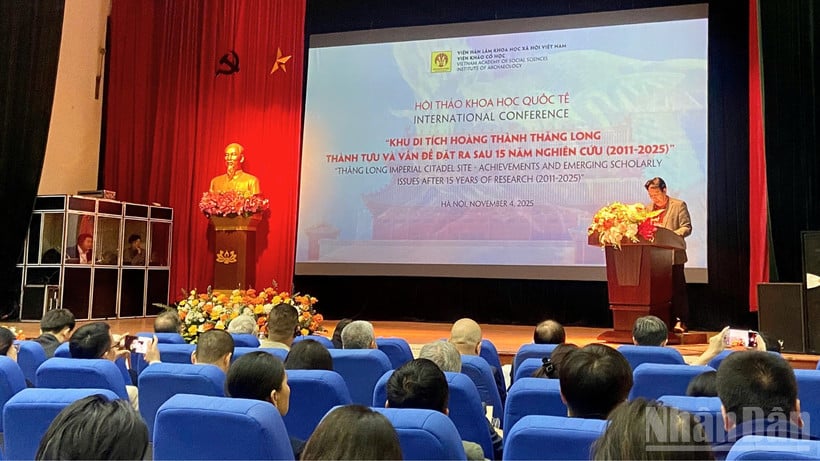
On November 4, the Institute of Archaeology, Vietnam Academy of Social Sciences organized the International Scientific Conference "Thang Long Imperial Citadel - Achievements and Issues after 15 Years of Research (2011-2025)" in Hanoi. The event was attended by leading domestic researchers, along with experienced experts from Japan, Korea, China...
This is not only a professional workshop, but also a historical milestone marking the end of the Project "Registering, researching, evaluating the value and establishing a scientific profile of the Thang Long Imperial Citadel relic site" after 15 years of persistent, patient, and diligent research to decode the mysteries of the Thang Long Imperial Citadel from archaeological remains.
The workshop aimed to summarize the scientific achievements of the Institute of Imperial Citadel Studies (now the Institute of Archaeology) in organizing and implementing the project and providing strategic directions for research and promoting heritage values in the next phase.
Speaking at the event, Dr. Ha Van Can, Director of the Institute of Archaeology, said: "To have a deep, comprehensive and authentic insight into the value of archaeological discoveries at the Thang Long Imperial Citadel heritage site, we must acknowledge the tireless scientific research efforts of Vietnamese archaeologists, especially the important contributions of the Institute of Imperial Citadel Studies over the past 15 years."
"The research has delved into the field of palace architecture, clarifying the architectural forms of the Ly and Tran dynasties and Kinh Thien Palace of the early Le dynasty - the "soul" of Thang Long Citadel. In addition, the in-depth analysis of Vietnamese ceramics and imported ceramics has not only vividly recreated the material life and rituals in the Royal Palace, but also affirmed the diplomatic and commercial position of Thang Long in the Asian network," Dr. Ha Van Can shared.
Accordingly, the most outstanding research achievement is the successful decoding of the architectural form of the palaces of the Ly and Tran dynasties and the architecture of Kinh Thien Palace in the early Le Dynasty. Although these are only initial research results, these results have contributed to filling the large gaps in the history of Vietnamese palace architecture, awakening the history of Thang Long Imperial Palace, which contains many secrets.
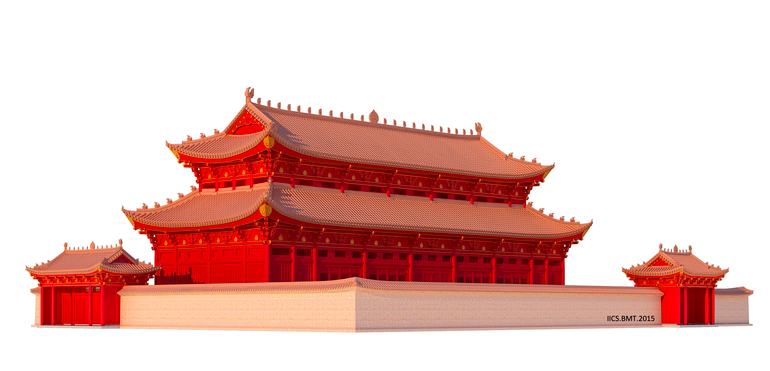
From here, we can visualize more clearly, feel more deeply the similarities and unique differences of Vietnamese palace architecture in the history of ancient palace architecture in East Asia. At the same time, the research to decode and deepen the life of the Thang Long Royal Palace through utensils and objects has opened a window into the sophistication of royal culture. Research on royal ceramics (used exclusively for the king and queen) not only reflects strict regulations but also reveals the role and position of Thang Long in international trade and diplomacy through the presence of foreign ceramics found at the relic site.
The workshop focused on clarifying a number of issues: research on decoding the architectural form of Vietnamese palaces in the context of ancient East Asian palace architecture; life in the Thang Long Imperial Palace in history through documents and archaeological relics; the history of economic and cultural exchange between the capital Thang Long and ancient capitals in Asia. These are all important issues related to the history, architecture, and culture of the capital Thang Long as well as of the Dai Viet nation.
According to Associate Professor, Dr. Bui Minh Tri, former Director of the Institute of Imperial Citadel Studies, this event also received in-depth discussions on the issue of preserving and promoting the value of the world cultural heritage of Thang Long Imperial Citadel, from methods and procedures for preserving relics, to experiences in preserving and promoting the value of urban archaeology in the world.
"Issues related to research methodology and technology application, including AI technology in research and innovation to bring heritage values to the public, are also raised based on the results of archaeological research at Thang Long Imperial Citadel as well as heritage restoration experience in East Asian countries," Associate Professor, Dr. Bui Minh Tri added.
Over the past 15 years, the Institute of Imperial Citadel Studies has researched and achieved many scientific achievements, publishing: 17 books/24 volumes related to Thang Long Imperial Citadel and Vietnam's ancient citadel; 112 research articles published in prestigious domestic books and magazines; 15 research articles published in prestigious international books and magazines; 66 articles presented at domestic and international scientific seminars and conferences.
Source: https://nhandan.vn/giai-ma-bi-an-khu-di-tich-hoang-thanh-thang-long-tu-cac-phat-hien-khao-co-hoc-post920400.html


![[Photo] The road connecting Dong Nai with Ho Chi Minh City is still unfinished after 5 years of construction.](https://vphoto.vietnam.vn/thumb/1200x675/vietnam/resource/IMAGE/2025/11/04/1762241675985_ndo_br_dji-20251104104418-0635-d-resize-1295-jpg.webp)
![[Photo] Ca Mau "struggling" to cope with the highest tide of the year, forecast to exceed alert level 3](https://vphoto.vietnam.vn/thumb/1200x675/vietnam/resource/IMAGE/2025/11/04/1762235371445_ndo_br_trieu-cuong-2-6486-jpg.webp)

![[Photo] Ho Chi Minh City Youth Take Action for a Cleaner Environment](https://vphoto.vietnam.vn/thumb/1200x675/vietnam/resource/IMAGE/2025/11/04/1762233574890_550816358-1108586934787014-6430522970717297480-n-1-jpg.webp)
![[Photo] Panorama of the Patriotic Emulation Congress of Nhan Dan Newspaper for the period 2025-2030](https://vphoto.vietnam.vn/thumb/1200x675/vietnam/resource/IMAGE/2025/11/04/1762252775462_ndo_br_dhthiduayeuncbaond-6125-jpg.webp)



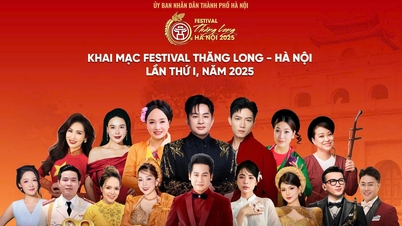


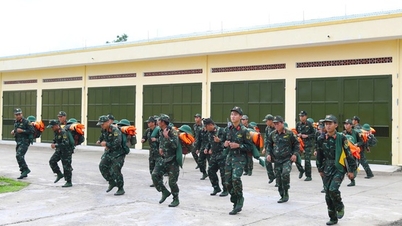

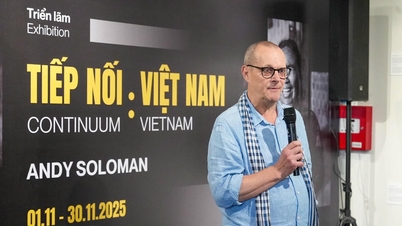







![[Video] Ministry of Education and Training announces the 2026 university and college enrollment plan](https://vphoto.vietnam.vn/thumb/402x226/vietnam/resource/IMAGE/2025/11/04/1762270484541_dung00-18-42-03still007-jpg.webp)
























































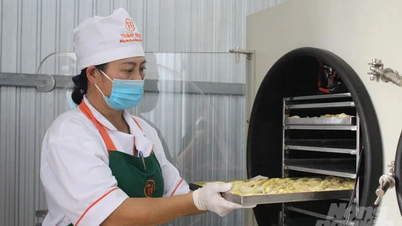
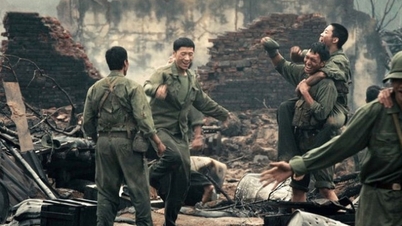
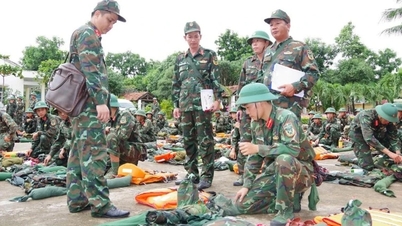












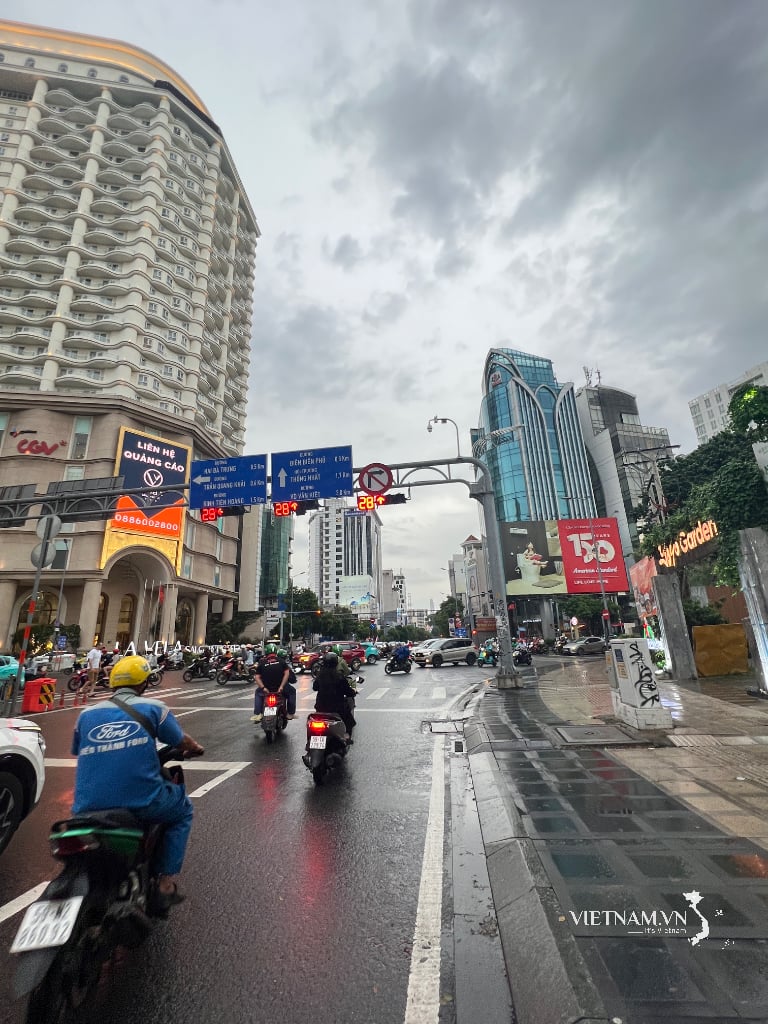

Comment (0)